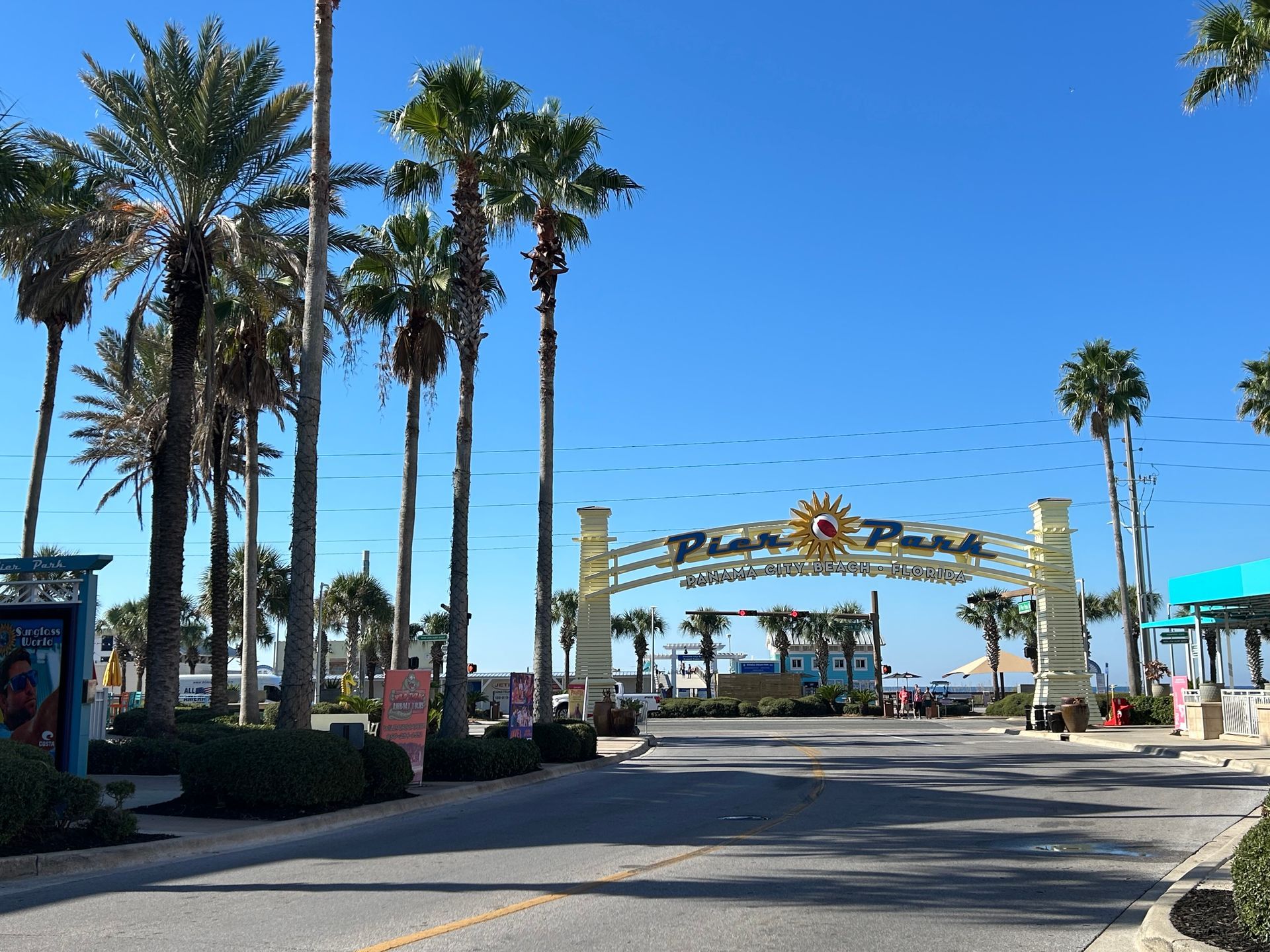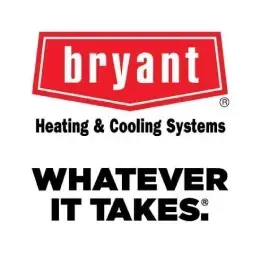Expert HVAC Repair & Services in Panama City Beach

HVAC Repair Panama City Beach FL
When your HVAC system fails, it can disrupt your comfort and peace of mind. In Panama City Beach, FL, reliable HVAC repair is essential. The local climate demands efficient heating and cooling solutions year-round. Regular maintenance can prevent unexpected breakdowns and costly repairs. It also ensures your system runs efficiently, saving you money on energy bills. Ductless mini-split installations offer a flexible and energy-efficient option for many homes. They are ideal for spaces without existing ductwork. Emergency AC repair Panama City Beach FL services are crucial during extreme weather conditions. They provide fast solutions to restore comfort and safety.
Choosing the right HVAC experts ensures quality service and long-term satisfaction. Trustworthy professionals can guide you in maintaining and upgrading your system.
Why Reliable HVAC Repair Matters in Panama City Beach, FL
Living in Panama City Beach, FL, requires a dependable HVAC system. The weather can swing from hot, humid summers to cooler winters. Each season tests your system's performance and reliability.
If your HVAC system fails, indoor comfort suffers, impacting productivity and well-being. Reliable repair services ensure quick restoration of your system's function. Choosing skilled professionals is crucial. Certified technicians diagnose issues accurately and provide effective solutions tailored to local climate needs. Their expertise helps prevent future problems.
Costly energy bills are a concern when systems aren't efficient. With proper repair and maintenance, you can expect reduced utility costs and enhanced air quality. Enjoy comfort year-round with the right HVAC services.
Common HVAC Problems in Panama City Beach
HVAC systems in Panama City Beach encounter unique challenges due to the local climate. Humid weather can strain systems, leading to common operational issues.
Residents often face a few recurring HVAC problems:
- Refrigerant leaks, causing inefficient cooling
- Clogged or dirty filters reducing airflow
- Corroded coils from salt air exposure
- Poor thermostat performance disrupting temperature control
Humidity plays a significant role in many of these issues. It can lead to moisture buildup and mold, affecting system efficiency. Regular inspections can identify these problems early. Locate a local HVAC Repair Panama City Beach FL Company like A Superior Air Conditioning Company to handle your needs.
Addressing these concerns promptly is important. Timely repairs prevent further damage and unnecessary expenses, keeping your system running optimally throughout the year.
Emergency AC Service: Fast Solutions When You Need Them Most
In the sweltering heat of Panama City Beach, a malfunctioning AC isn't just inconvenient—it can be hazardous. Emergency AC services provide quick responses to restore comfort.
Key benefits of emergency AC services include:
- Rapid response time, often within hours
- Available 24/7 for urgent issues
- Skilled technicians to diagnose and repair swiftly
Delays in repairs can escalate problems and increase costs. Ensuring prompt assistance minimizes downtime and inconvenience. It's important to know who to call in these situations. Preparation can make a world of difference when facing sudden AC failures.
The Importance of Regular HVAC Maintenance
Regular HVAC maintenance is not just a recommendation—it's a necessity. It ensures your system runs smoothly year-round.
Scheduled maintenance can prevent unexpected breakdowns. By identifying issues early, costly repairs are avoided. It's an investment that pays off in the long run.
Here are benefits of regular HVAC maintenance:
- Improved system efficiency and performance
- Longer system lifespan, delaying replacement
- Better indoor air quality
Missing regular check-ups can lead to increased utility bills. A well-maintained system operates more efficiently, saving energy. Moreover, cleaner systems improve the air you breathe. Regular care also helps maintain the warranty on new units. An HVAC system is a key part of home comfort.
Ductless Mini Split Installation: Efficient Comfort for Every Space
Ductless mini-split systems provide targeted comfort. They're ideal for homes without existing ductwork and offer efficient heating and cooling. Installing a ductless system is straightforward and less disruptive compared to traditional systems.
Benefits of ductless mini-split installations include:
- Energy efficiency
- Flexibility in temperature control
- Quiet operation
- Simple installation
- Space-saving design
These systems allow for precise temperature management. They are perfect for newly added rooms or zones. With their sleek design, they fit any décor while performing efficiently. You'll enjoy lower energy bills and enhanced comfort. Whether in a single room or multiple zones, ductless systems ensure comfort year-round.
Winter HVAC Maintenance: Preparing for Cooler Months
As the weather cools, ensure your HVAC system is ready. Winter HVAC maintenance is essential to avoid breakdowns in cold months. Proper maintenance also enhances energy efficiency and comfort in your home.
Key winter maintenance tasks include:
- Checking and cleaning or replacing filters
- Inspecting and sealing ductwork
- Ensuring thermostat accuracy
- Testing heating components
- Clearing vents and registers
These tasks help prevent issues when temperatures drop. Regular checks can save you from emergency repairs. Trust professionals to keep your system in peak condition, ensuring warm, reliable comfort all winter long. Proper maintenance prepares your home to handle even the coldest days comfortably.
Choosing the Right HVAC Experts in Panama City Beach, FL
Finding qualified HVAC experts is crucial for reliable service. In Panama City Beach, FL, the right professionals make all the difference. Expertise ensures that installations and repairs meet high standards.
Consider these factors when choosing an expert:
- Certifications and licenses
- Experience with local climate challenges
- Customer reviews and testimonials
- Availability for emergency services
- Transparent pricing and contracts
Certified experts deliver quality and peace of mind. They also offer personalized advice and solutions tailored to your needs. An image of skilled technicians might look like: Choosing wisely guarantees comfort and satisfaction. Ensuring your HVAC system is in expert hands prolongs its life and efficiency.
What to Expect from Professional HVAC Services
Professional HVAC services offer comprehensive solutions for your system needs. They ensure peak performance through thorough inspections and precise adjustments. Experts address issues before they become costly repairs.
Key services you can expect include:
- Detailed system diagnostics
- Routine maintenance and cleaning
- Efficient repair solutions
- Energy efficiency evaluations
- Guidance on upgrades and new installations
These services aim to enhance system reliability and longevity. With professional attention, your HVAC operates smoothly year-round. The focus on tailored solutions means your comfort is always a priority.
Tips for Reducing Energy Bills and Improving Air Quality
Optimizing your HVAC system can cut energy costs and boost air quality. Start with simple adjustments at home.
Consider these helpful tips:
- Schedule regular HVAC maintenance
- Use programmable thermostats wisely
- Replace air filters frequently
- Seal ducts to prevent leaks
- Close blinds to keep out heat
Even small changes can make a big difference. Implementing these tips creates a healthy indoor environment and lowers monthly bills. Your comfort and savings increase with improved efficiency.
Get Started: Contact a Trusted HVAC Repair Company Today
Finding a dependable HVAC repair service is crucial. This ensures your system runs smoothly all year. Reliable service means peace of mind for homeowners. Research local providers with good reputations. Look for companies offering emergency services and regular maintenance plans. This helps you prepare for any situation. Reach out to a trusted HVAC company in Panama City Beach, FL. They’ll offer tailored solutions for your heating and cooling needs. Expert advice maximizes comfort and efficiency in your space. The last of the Local companies is A Superior Air Conditioning Company at (850)258-3225.
A Superior Air Conditioning Company Blog





